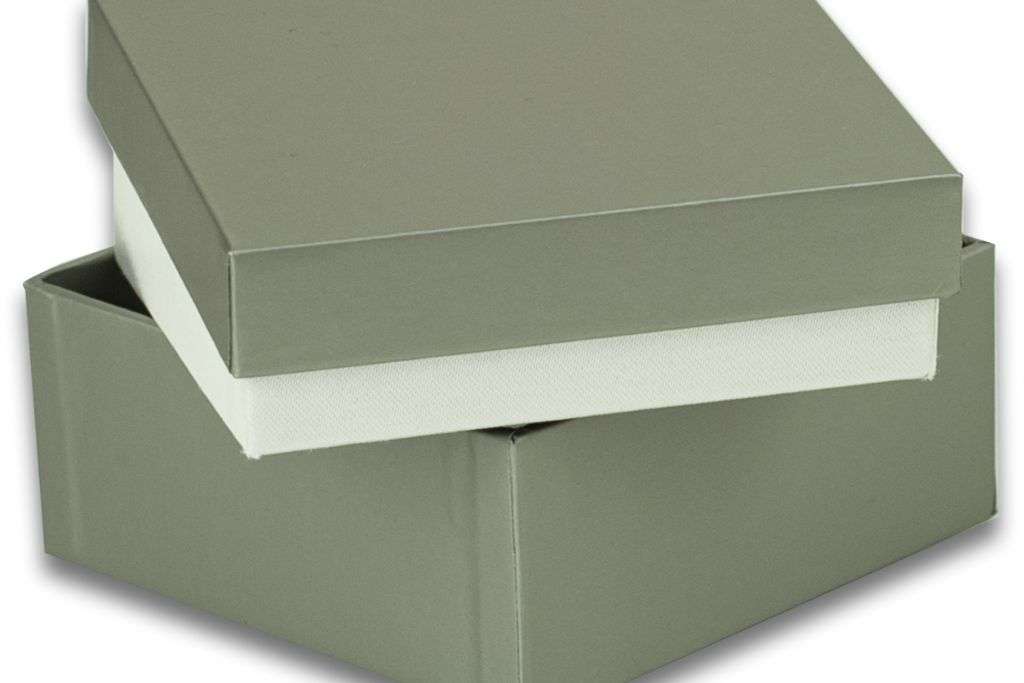
info@parfaitvip.com




Sep 6,2023
Folding cartons, also known as paperboard boxes, corrugated boxes, and rigid boxes, are the three most common forms of packaging boxes.
Setup boxes are another name for rigid packaging since they are often exhibited in shops alongside their products.
Some people sometimes refer to them as luxury packaging since they commonly contain expensive things like electronics, jewelry, and cosmetics.
The chipboard used in rigid packaging is typically 36 to 120 points thick (approximately 2-3 millimeters), making it four to five times thicker than folding carton boxes, and is covered with a thinner, more flexible paper wrap.
Foil stamping, varnish, coatings, and other high-end printing processes and textures are added to the wrap as part of the branding process. In addition to protecting products from damage and dirt, the lined interiors of certain bespoke rigid boxes also provide a sense of class.
They're Customizable
As part of your advertising plan for high-end retail packaging or online packaging, you may want to consider a bespoke rigid box.
You may tailor your packaging to appeal to a specific demographic by selecting a bold, colorful design or a simple shape and layout.
Chipboards are available in various thicknesses, and the wrap may be customized using specialized paper, printing methods, coatings, and finishes to showcase the company's logo and brand.
A bespoke rigid box requires no assembly once it arrives at your business, saving you time and effort unless you choose a collapsible type.
If you can choose a box type or design that stands out from the crowd, rigid boxes may help you improve sales. A box's construction, including see-through glass or sticker labels, may make the packaging a pleasure to handle and open.
The packaging your product comes in is the first thing customers will notice after the item itself. A product's aesthetic and tactile qualities may be improved using custom packaging boxes.
This elevates the product's aesthetic quality and, by extension, the value of your brand. Customers get a complete experience with rigid packaging boxes from the moment they study the product (online or in a shop) until the time they take it home (through delivery or after making an in-store purchase).
If the box's polish and the printing of your logo, brand name, artwork, and product specifications are all of excellent quality, consumers will have a better impression of your business.
Rigid boxes, as their name implies, are designed to withstand the stresses of storage, handling, and long-distance transportation without compromising their contents. The inserts are designed to hold fragile things like bottles of oil and tincture, while the lids are built to withstand shipping. Panels on the inside of candy containers provide the same effect.
The high quality of the magnetic closures or other resealable lids on luxury packaging means that many of these items are kept and used for other uses.
Well-designed, high-quality packaging boxes may become permanent fixtures on a person's desk or closet shelves, housing anything from precious memories and jewelry to vital paperwork and cherished prints.
You may convert your rigid packaging boxes into something else entirely to get more fans. Environmentalists who are picky about how packaging boxes are constructed may be drawn to the trend of using eco-friendly materials, which is increasingly popular.
If you're on a tight delivery schedule and need to save money, consider these alternatives for transporting rigid boxes:
A greater price tag is to be expected when dealing with a complex framework. If this is beyond your price range right now, stick to a more generic size and thickness that requires less tweaking from your manufacturer.
They can cover your bespoke rigid box order with ease since standard chipboards are cheaper for them to purchase in bulk. You'll save money, they'll get a head start on manufacturing, and the turnaround time will shorten.
Do you want to maintain your previous plan? It's possible the cardboard packaging might be made smaller by cutting down on the visuals and lengthening the text.
If a smaller box won't do the trick, consider moving the product to a new location or dismantling it. Having more of your products on display at once is a benefit of utilizing smaller rigid boxes.
Learn what thicknesses of chipboard are available. The next step is to talk with the design or production team about how a slimmer version might serve your marketing and practical purposes.
Digital printing is less expensive than offset printing so long as the design is straightforward and basic.
Comparatively, foam cushioning is more expensive than these materials, for items like electronics, cosmetics, high-end candles, and more, rigid setup boxes might benefit from paperboard inserts with slots.
Specify the materials and dimensions you need, and then have three or four packaging solution providers offer you an estimate. Find out which can do the task at a lower cost without compromising quality.